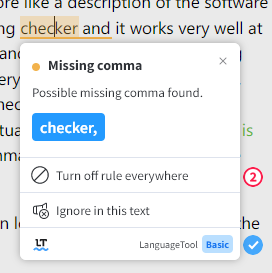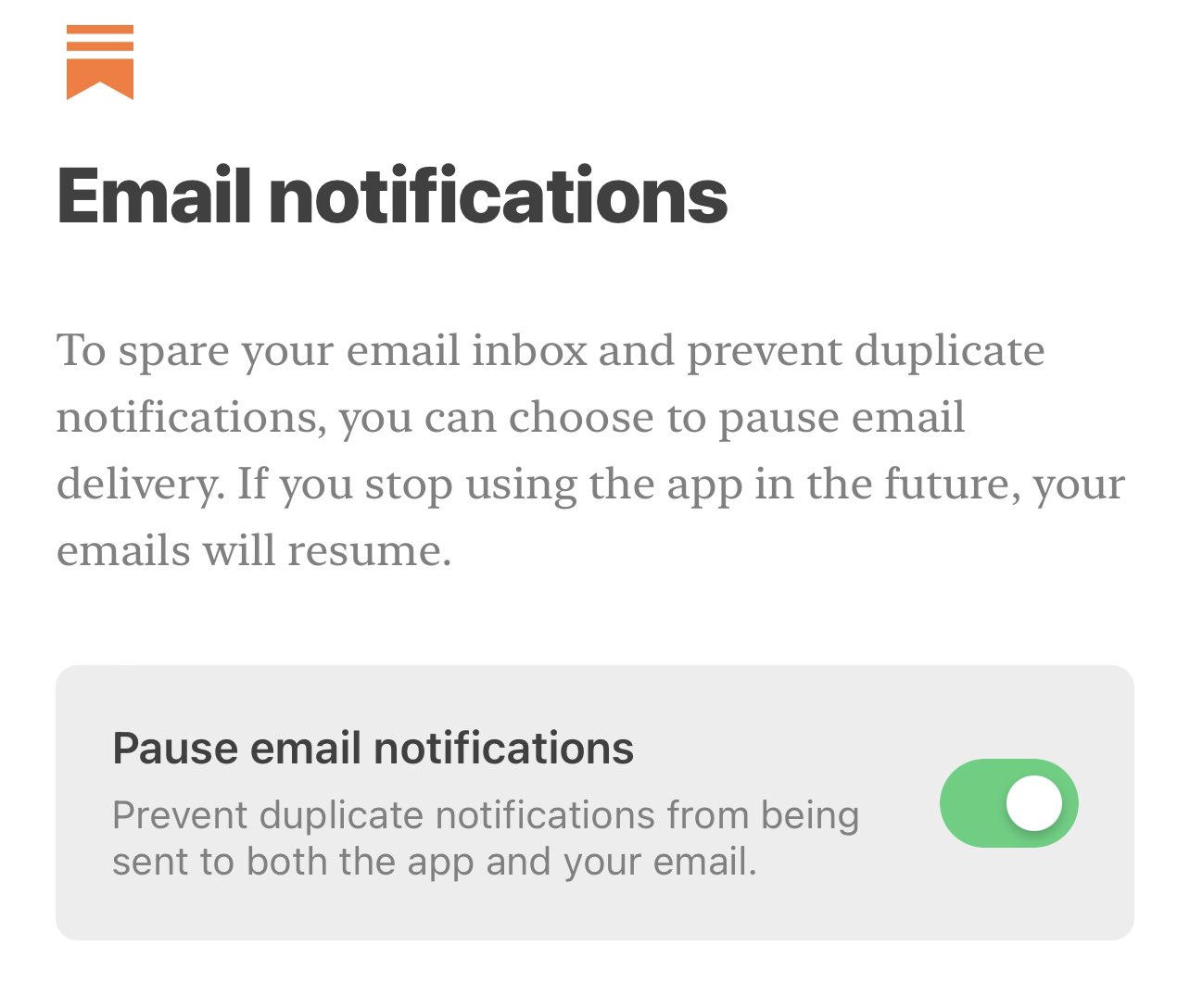I read a newsletter from self-publishing guru David Gaughran the other day, in which he waxed rhapsodic over a Remarkable 2 with a type folio (keyboard attachment). The Remarkable 2 is an e-ink tablet that allows you to use an (optional) stylus to write notes, which can later be translated into text, or you can attach the keyboard and type away in case your handwritten scrawls defy translation.
The thing Gaughran emphasized repeatedly was how the Remarkable only does this one thing–it lets you enter text, by hand or by keyboard, and that’s pretty much it (you can also doodle, if you’re so inclined). There are no other apps, no social media, not even a clock to show the time. Just you and the words you’re producing.
There’s another (expensive) device that works on a similar principle: the Freewrite1The price certainly ain’t free. Hope you have something other than your writing dreams to pay for one of these, because they are freaking expensive. It basically fuses a computer keyboard to an e-ink screen and does the same thing: allows you to write, and nothing else. Their website offers this unattributed quote: “Studies show it takes 25 minutes to refocus on a task after an interruption.”
Humans have generally been shown to be terrible at multitasking and yet I see people distracting themselves in more ways now than ever before. They don’t just surf the web, they listen to a podcast while doing so, but also scroll through TikTok while also maybe preparing food in the kitchen, superficially absorbing everything, but with most of this being ephemeral, little dopamine hits to keep their minds occupied until the next distraction, all in service of what, exactly?
For a writer, it’s in service of not writing. Distractions kill the writing process. When I started writing as a wee one, my parents got me a nifty birthday present–a portable Smith Corona typewriter. I still remember walking downtown to The Letterbox, the local stationery store, to buy fresh ribbons for it. I loved typing, though I was terrible at it (and remain so to this day. If I could go back in time, I’d force myself to learn how to touch type). But the thing with that typewriter is it just did that: typing. It was just me and the words. And the only way to revise on the go was to xxxx over your mistakes and act like they never happened. It was great.
The other day I was using iA Writer, a minimalist writing app, and I switched it to typewriter mode, where it keeps everything centred on the page. As you type, the rest of the interface fades away, so it’s just you and the words. It almost feels the same–except I still see the system clock, the dock, chat programs, all kinds of other stuff on screen and around me. I am pretty good at shutting out distractions most of the time, but I get it. They pull you away from your writing. They destroy your writing flow.
And that’s why writers secretly want typewriters.




